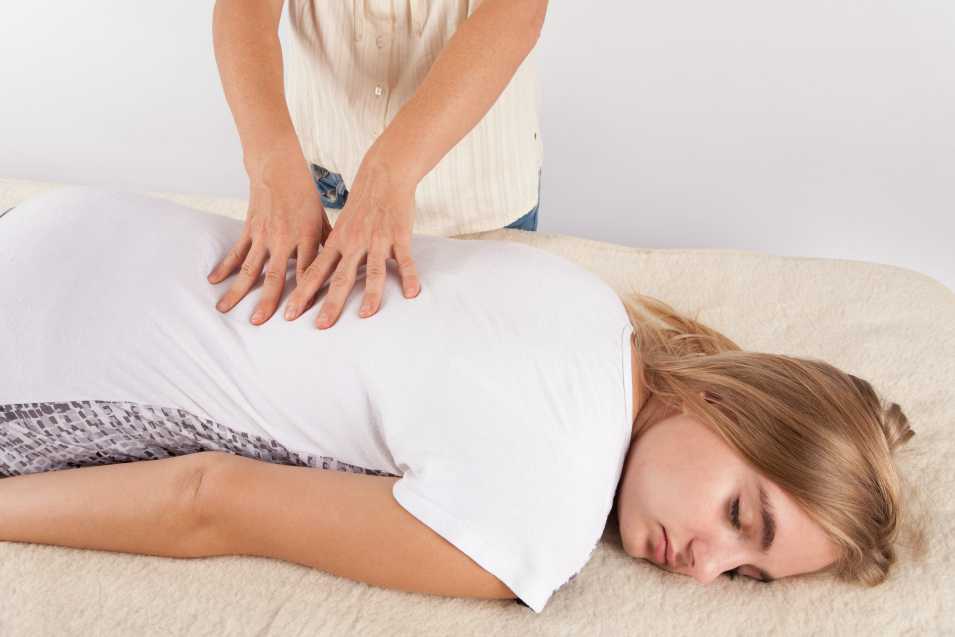Trager Therapy; Those who practice Trager Therapy claim that the approach helps release deep-seated physical patterns. They also claim that the technique increases physical mobility and mental clarity. In addition to that, the approach has been known to help people achieve deep relaxation.
Trager Therapy Technique
Developed in the mid-1970s by Dr. Milton Trager, this therapy technique is based on principles that promote deep relaxation and the use of simple movements.
The principles are based on a theory that accumulated tension results from various factors, including stress, fear, emotional trauma, and poor posture. The practice involves gentle stretching and rocking movements that invoke feelings of lightness and openness.
These feel good experiences are said to resonate throughout the nervous system and change the way the unconscious mind experiences movement.
The technique is designed to release accumulated tension and improve flexibility and mobility. It is also helpful in treating arthritis, fibromyalgia, carpal tunnel syndrome, and muscular dystrophy. The practitioner combines a series of gentle movements with the use of a massage table.
The movements are meant to increase flexibility and improve balance. During the session, the practitioner uses a padded table to stretch different parts of the client’s body.
Contraindications
Having a thorough understanding of the contraindications to Trager Therapy is important. It can benefit people with a wide range of health problems. In addition to treating physical problems, it can help reduce stress-related disorders.
The Trager Approach uses gentle movements to re-educate the body. This helps reduce muscle stiffness and improve joint mobility. It can also help reduce chronic headaches and postural problems.
The Trager approach is safe, but it is not recommended for people with blood clots or who have recently undergone surgery. The technique can also be difficult for those with severe respiratory difficulties or cardiovascular conditions.
The Trager approach is a two-phase technique that includes tablework and a variety of physical exercises. In the first phase, the client lies on a padded table. The therapist performs gentle rocking motions for about 20 minutes. This is a very relaxing experience.
The second phase involves guided physical exercises designed to improve the patient’s range of motion and flexibility. The technique involves gentle movements and is performed without oil.
Related Article: Bluefire Wilderness Therapy
Trager Therapy Side Effects
Several studies have found that Trager therapy has effectively treated various neuromuscular and degenerative disorders. This type of therapy involves hands-on tissue mobilization, relaxation, and emotional coping. It aims to restore an accurate definition of damage, increase range of motion, and enhance resistance to further degeneration.
Trager therapy has been used in treating people with chronic neuromuscular and degenerative conditions, including Parkinsonism, post-polio syndrome, multiple sclerosis, and back pain.
Some patients have reported it decreased respiratory rates after treatment. Increased mobility, decreased discomfort, and better psychological resilience are just some of the benefits of trager therapy.
Some patients with chronic lung disease, including COPD, have reported improved breathing rates after treatment. It’s common for patients with COPD to report sleeping more restfully.
Trager therapy may also help improve chest wall mobility. A study by Philip Witt found that the ROM of the chest wall increased in patients with chronic lung disease after Trager therapy. The author postulates that the increase in ROM is due to a mechanism called “hook-up” where the practitioner’s energy connects with the patient’s energy.
Related Article: Benefits Of Chest Massage
Frequently Asked Questions (FAQ)
Frequently asked questions about Trager Therapy may include, “Can I get help?” or “Is Trager safe?” Avoid Trager therapy if you have a leg blood clot or a history of joint surgery. Trager therapy helps relieve tight muscles, improve stamina, and promote flexibility.
The Trager approach uses gentle movements to increase the range of motion in the body. It can be used to treat muscle disorders, nerve problems, and even hypertension. It can also help with anxiety disorders.
Some people report that their sessions bring them a sense of relief and relaxation. Others report using Trager for migraines, carpal tunnel syndrome, and paralysis.
The Trager method is one that the vast majority of people can follow without risk. However, it should be used with a licensed practitioner. Those who are pregnant should avoid Trager sessions. If you have rheumatoid arthritis, joint surgery, or inflamed joints, you should also avoid Trager.
Related Article: Free Therapy in NYC
